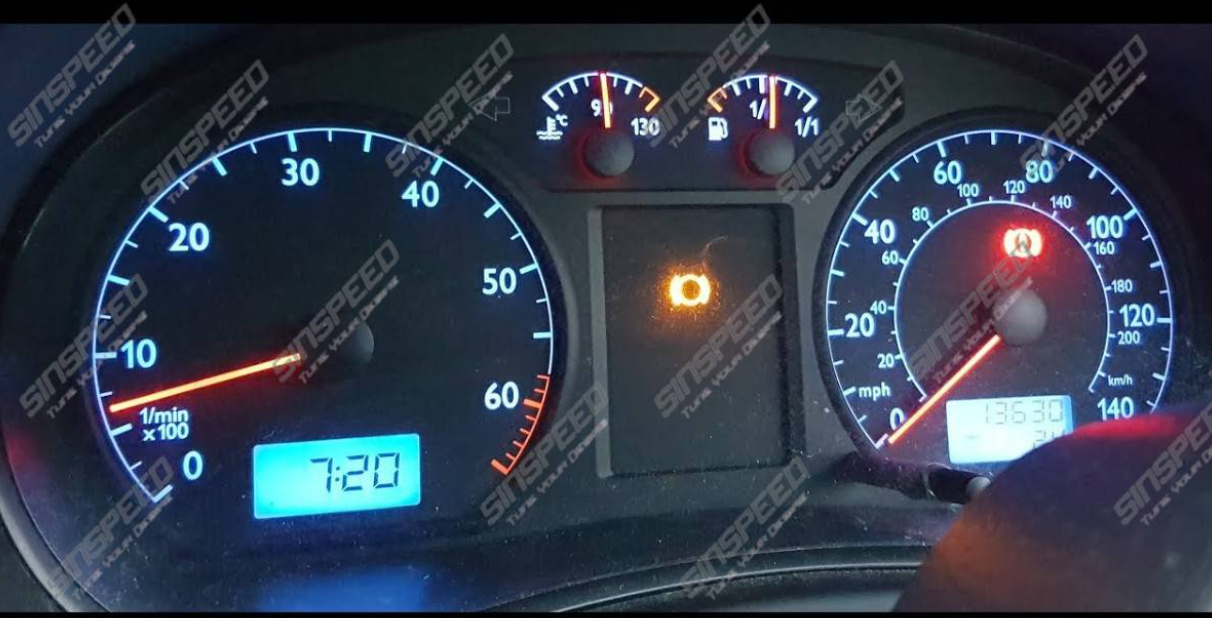
Understanding the Instrument Cluster: The Driver’s Information Hub
When you sit behind the wheel of a car, one of the first things you notice is the dashboard right in front of you. This panel, known as the instrument cluster, is more than just a display—it’s a vital interface between you and your vehicle. It gathers essential data from various systems in the car and presents it in a way that is easy to read and interpret while driving. Understanding how the instrument cluster works, what it displays, and why it matters can help you become a more informed and safer driver.
What Is an Instrument Cluster?
An instrument cluster is the collection of gauges, indicators, and digital readouts located directly in front of the driver, usually behind the steering wheel. It serves as the car’s central information hub, giving real-time updates on everything from speed to fuel level. Over time, instrument clusters have evolved from simple analog dials to highly sophisticated digital interfaces that integrate with advanced vehicle electronics.
The cluster’s primary purpose is to keep the driver informed without requiring them to take their eyes off the road for too long. Its layout is designed for quick glances, ensuring you can get the information you need in less than a second.
Core Components of an Instrument Cluster
Even though designs vary from one vehicle to another, most instrument clusters share a common set of components.
Speedometer – Shows the vehicle’s current speed. In modern clusters, this can be an analog dial, a digital readout, or both.
Tachometer – Displays engine revolutions per minute (RPM), helping drivers gauge performance and shift gears efficiently.
Fuel Gauge – Indicates how much fuel remains in the tank, often accompanied by a warning light when the level is low.
Temperature Gauge – Monitors the engine’s coolant temperature to prevent overheating.
Odometer – Tracks total distance traveled by the vehicle, with a trip meter option for measuring specific journeys.
Warning Lights and Indicators – Alerts for issues such as low oil pressure, brake problems, battery charging faults, and more.
Evolution of Instrument Clusters
In the early days of motoring, instrument clusters were minimal, usually containing just a speedometer and a few warning lights. By the late 20th century, more gauges and features were added, including trip computers and digital odometers.
Today, many vehicles use digital and fully customizable instrument clusters. These may display navigation maps, driver assistance alerts, fuel economy data, and even entertainment information. Manufacturers design them to be intuitive while offering the flexibility to prioritize different kinds of data.
Why the Instrument Cluster Is Important
A working instrument cluster is essential for safe and efficient driving. Without accurate readings, a driver could unknowingly exceed speed limits, run out of fuel, or miss early warnings of mechanical problems. The instrument cluster essentially acts as the car’s health monitor and driving guide.
Common Problems with Instrument Clusters
Although they are built to last, instrument clusters can develop issues over time, especially in older vehicles or those with high mileage. Common problems include:
Flickering or dim displays – Often related to wiring or backlight issues.
Faulty gauges – Needles may stick, give inaccurate readings, or fail entirely.
Dead pixels on digital displays – Can make certain information unreadable.
Warning lights that stay on or fail to light – Often due to sensor or circuit faults.
If you notice any of these symptoms, addressing them quickly ensures you maintain safe driving conditions.
Analog vs. Digital Instrument Clusters
Analog clusters are valued for their simplicity and timeless design. They’re easy to read at a glance, even in bright sunlight.
Digital clusters, on the other hand, offer greater versatility. They can change layouts, show more information, and integrate with advanced driver assistance systems. Many modern vehicles use a hybrid design, combining analog dials with digital screens for the best of both worlds.
The Future of Instrument Clusters
Automotive technology is rapidly advancing, and the instrument cluster is no exception. We can expect:
Augmented reality (AR) integration – Displaying navigation directions and hazard alerts over the driver’s real-world view.
Full-width displays – Spanning the dashboard for seamless information delivery.
Personalized settings – Adapting layouts based on driving style or individual preference.
As vehicles move toward automation, the instrument cluster will likely serve as an even more critical communication bridge between the driver and the car’s systems.
Keeping Your Instrument Cluster in Top Condition
Even though many drivers only notice the cluster when something goes wrong, it’s worth keeping an eye on its performance during regular driving. Check that all gauges respond correctly, warning lights illuminate during the startup self-test, and digital screens remain clear.
While some issues can be due to faulty sensors elsewhere in the car, others may be related to the cluster itself. Prompt attention to malfunctions can prevent minor issues from turning into more serious safety risks. Consult a local expert to have it resolved quickly and stress-free.
Write a comment ...